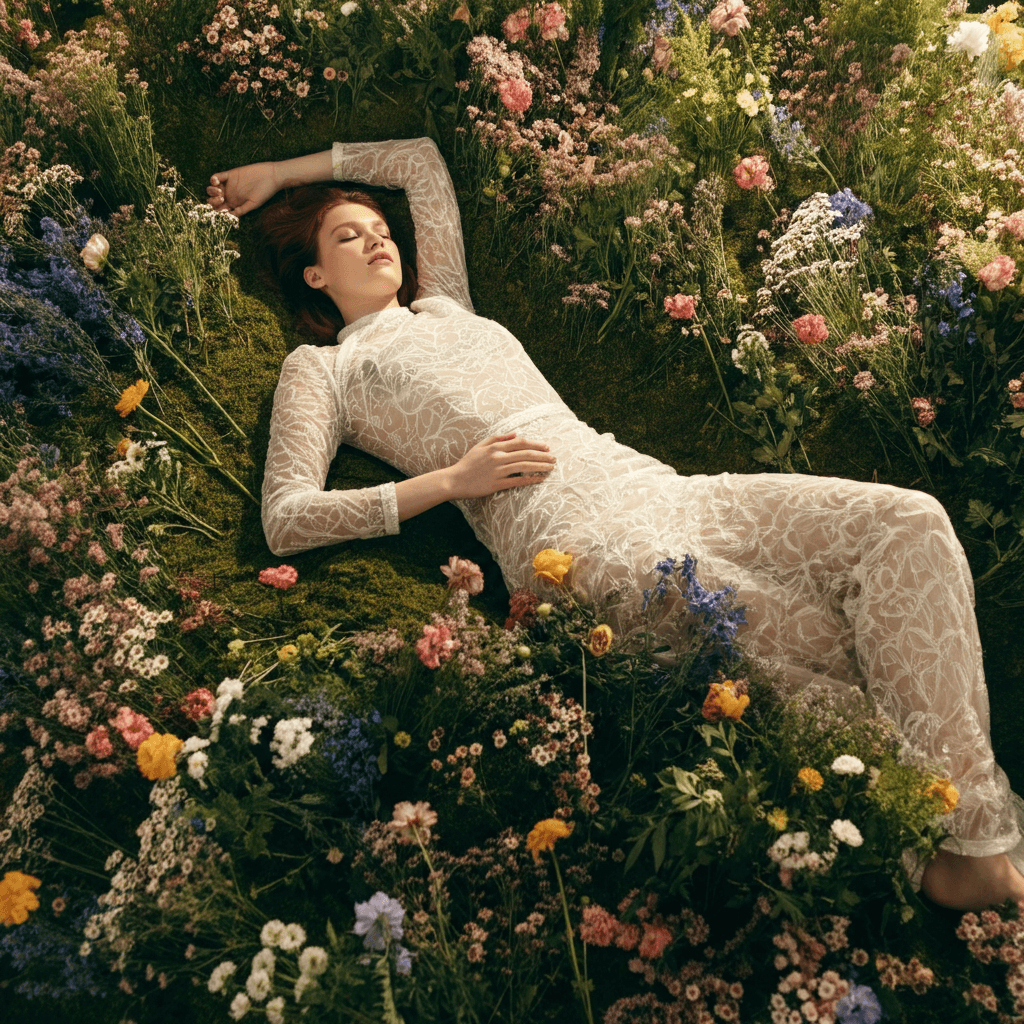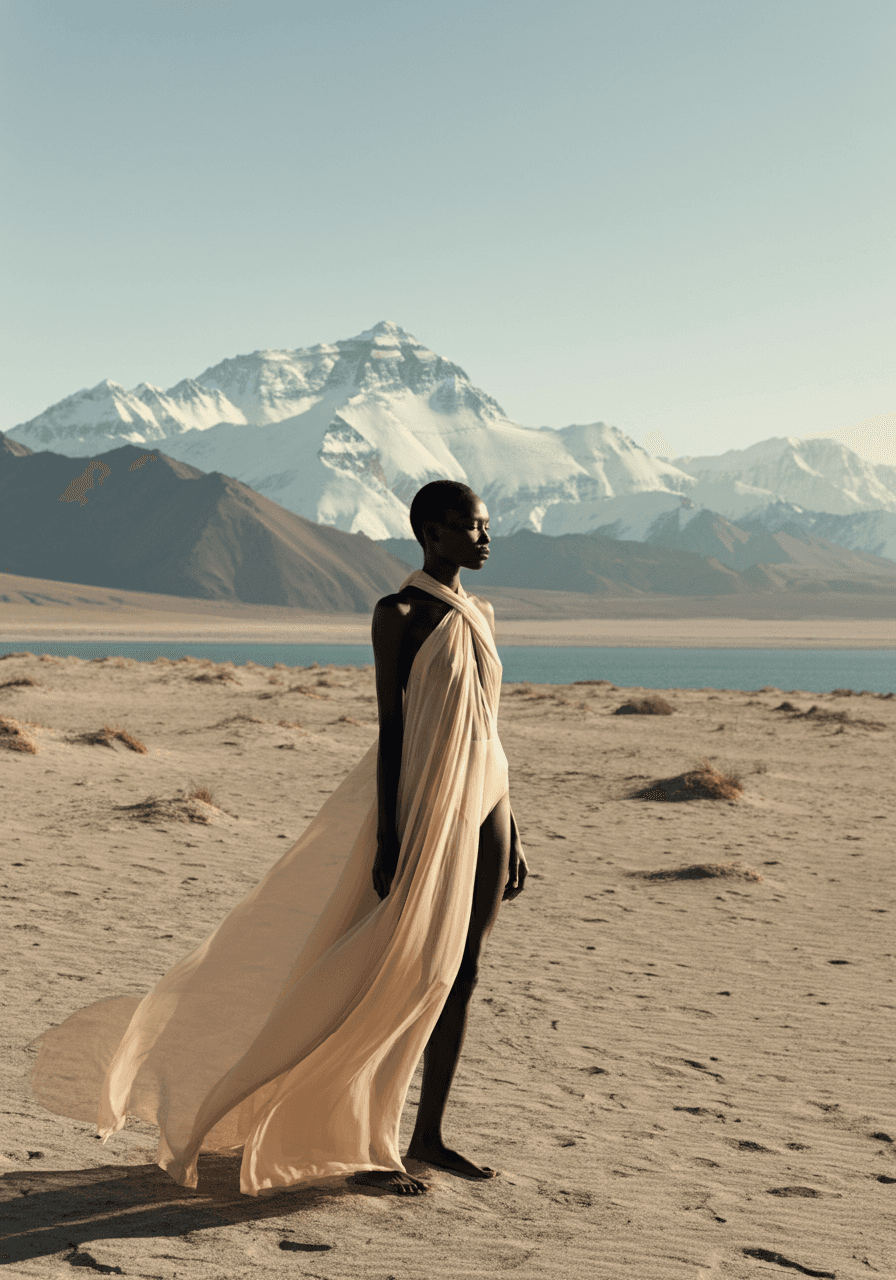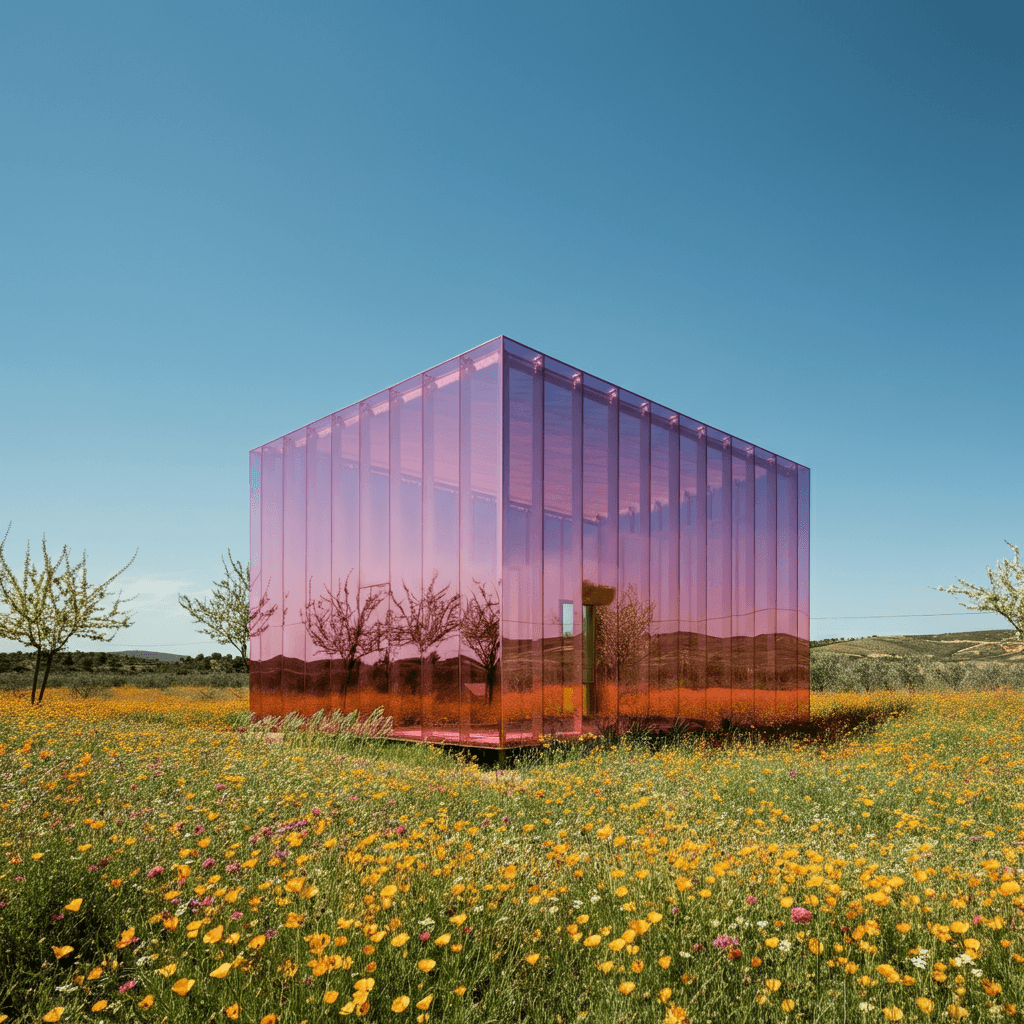

Beyond the Lens: Why We Photograph
Photography is more than just capturing moments—it's a way of seeing the world, telling stories, and preserving emotions. Every click of the shutter is an intentional act, driven by personal motivations that go beyond just aesthetics.
Beyond documentation, photography is a form of emotional expression. Enthusiasts and professionals alike are drawn to subjects that evoke deep feelings—whether it’s the grandeur of a landscape, the intimacy of a portrait, or the energy of a bustling city street. This artistic pursuit allows photographers to share their unique perspectives and forge emotional connections with their audience.®
Life moves relentlessly forward. The present dissolves into the past in an instant, and memories fade. For centuries, humans have attempted to hold onto time through various means: storytelling, diaries, paintings, and keepsakes. Yet, none of these methods provide the irrefutable proof that photography does. A photograph freezes a moment, sealing it in a visual form that withstands the erosion of memory.
Imagine a world without family albums, now largely replaced by digital galleries. The birthday celebrations, weddings, vacations, and everyday moments would be left to the fragility of human recollection. In modern times, our personal histories are deeply intertwined with photographic evidence. As Elliot Erwitt once said, “Weddings are orchestrated around the photographers taking the picture because if it hasn’t been photographed, it doesn’t really exist.” Photography validates our experiences, offering a tangible connection to what once was.
Photography is more than just pressing a button—it’s an act of preservation, expression, and storytelling. At its core, photography serves two dominant purposes: recording a moment in time and expressing our love for a subject. These motives define why we pick up a camera, whether as casual shutterbugs or dedicated artists..®
We live in a state of permanent temporal flux, perpetually balanced at the point where the future tips into the past. For millennia man has tried to hold on to some remnants of significant moments, tried to stop them descending into the dark and dusty canyons of the past from the sunlit - but ephemeral - upland of the present. Through the centuries we have done many different things to try and hold on to the past and to try to mitigate our sense of loss. On a cultural level, we commemorated events with ceremonies and rites, we erected memorials or we celebrated events through stories and myths. On a personal level, we had our portraits painted (if we were wealthy enough!), we wrote diaries or we kept mementoes - from commonplace holiday souvenirs to a locket of a loved one’s hair. But none of this was incontrovertible proof today of what had once been true. Photography changed this by holding on to myriad slender vestiges of moments and forever preventing their fall into the past.
The reasons for photography are as varied as the photographers themselves. Whether as a way to remember, to express, or to define identity, photography remains one of the most powerful tools for understanding both the world and ourselves.®
Fixing a period of time may be the overarching reason for picking up a camera in the wider population but I would argue that for enthusiasts it’s combined with an equally powerful one: love. I’m not talking about romantic attraction but rather a deep, abiding fascination. Most frequently this love is of a subject but sometimes it’s simply a love of the process of making photographs. In the case of the most committed photographers, the initial love of the subject becomes a love of photography as an aesthetic tool for gaining insights into our world – we can see this shift in the work of photographers such as Alfred Stieglitz, Edward Weston, Man Ray, Minor White, Henri Cartier Bresson, Jacques Henri Lartigue, Elliot Erwit and many others. As the photographers strive to make their images transcend their subject so subject becomes of secondary importance to the exploration of seeing.





